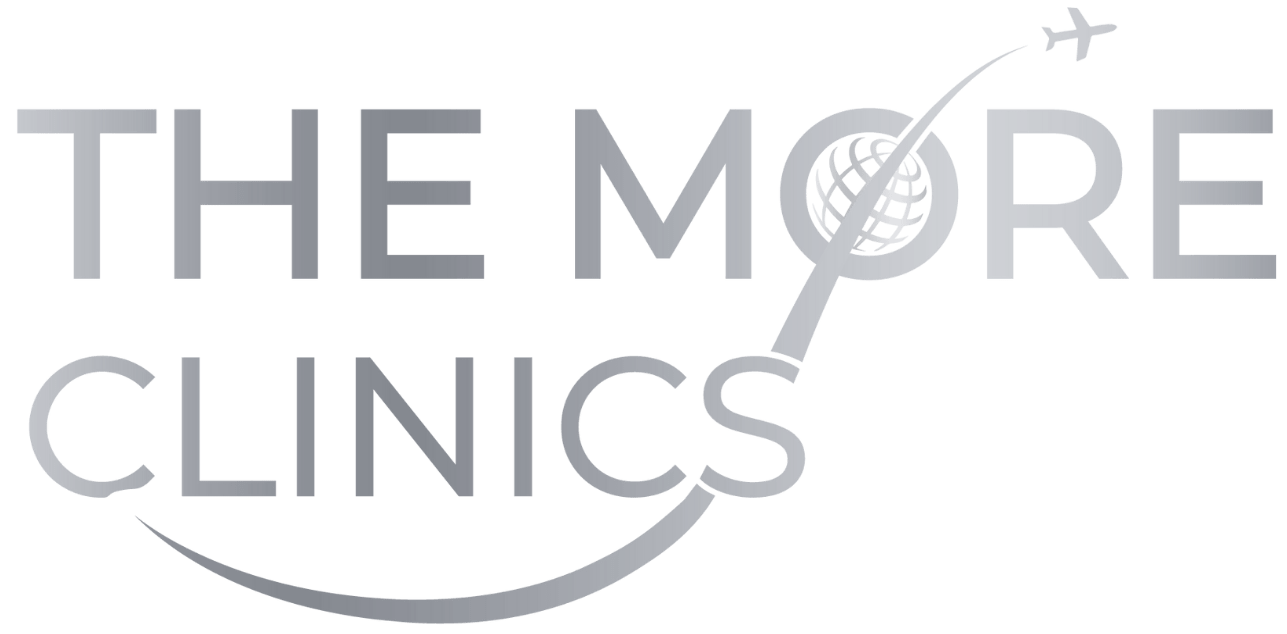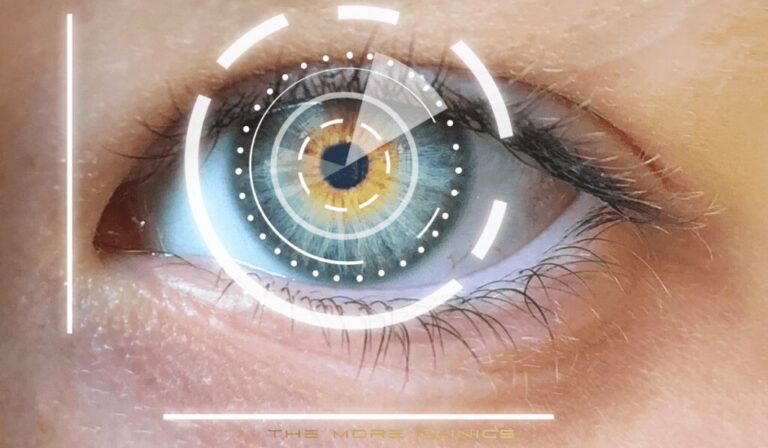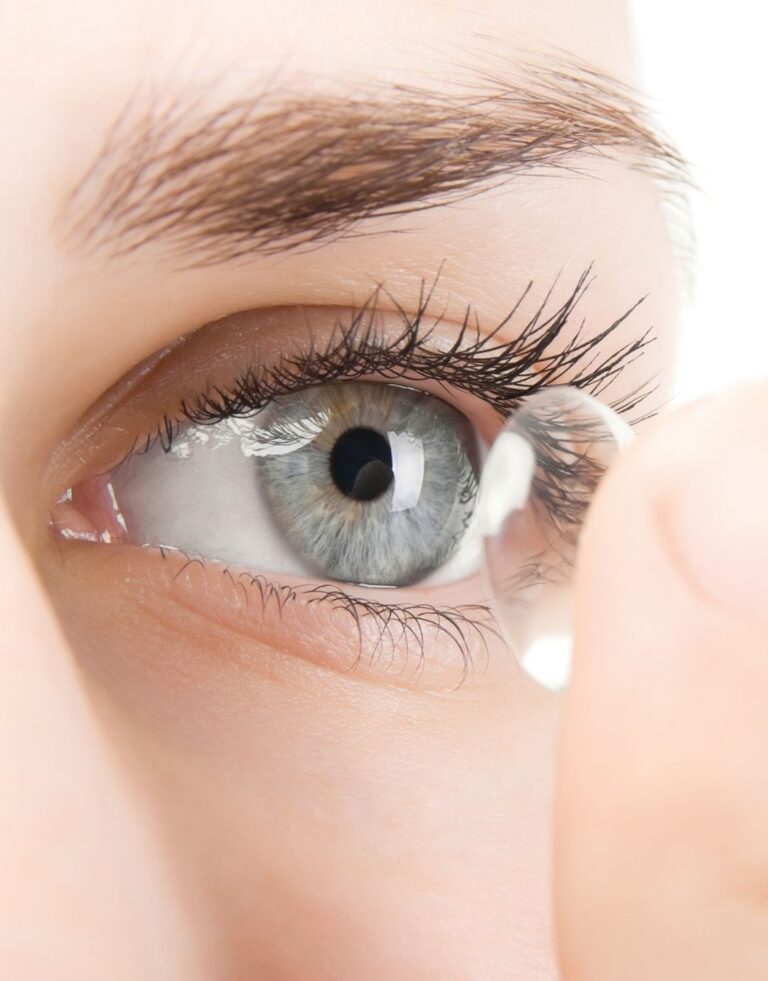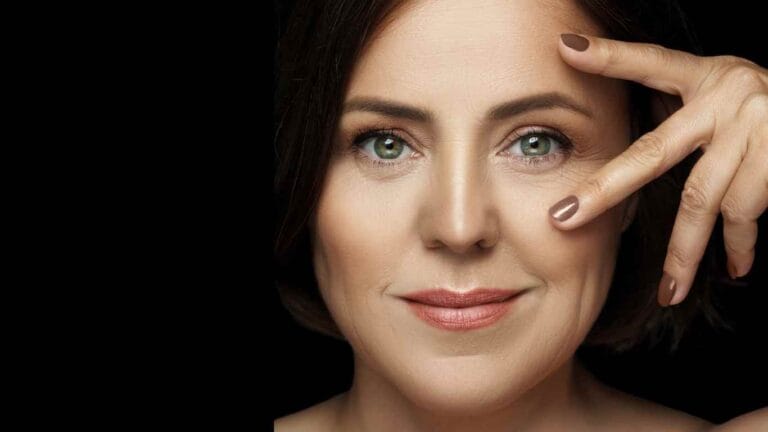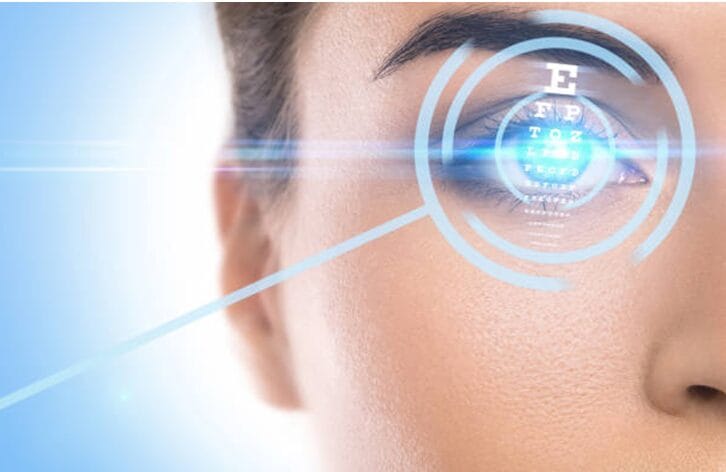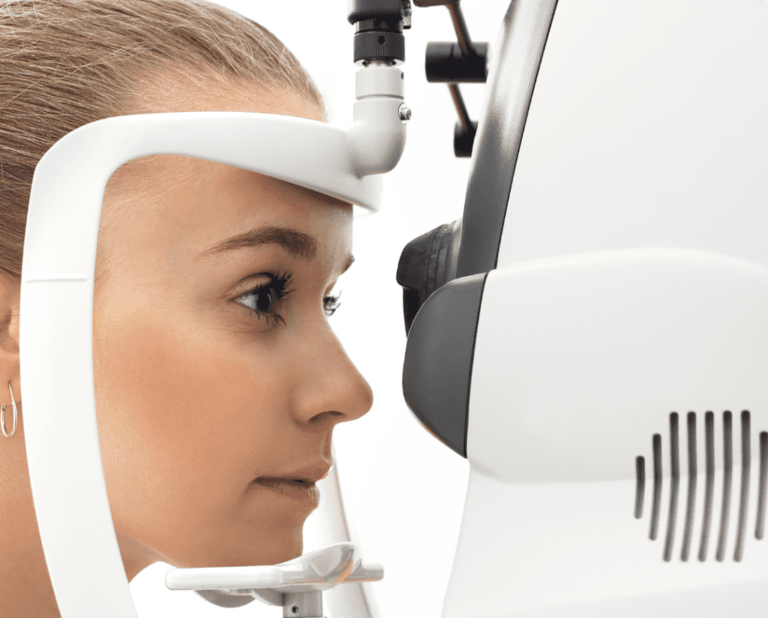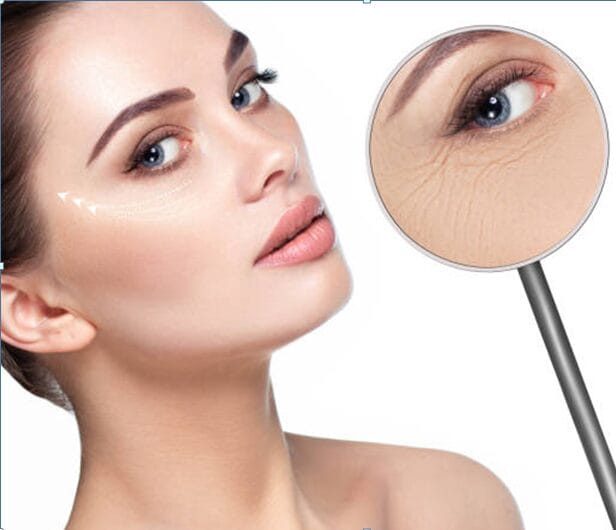Age-Related Macular Degeneration
Age-related macular degeneration (AMD) is a prevalent eye condition that impacts a large number of individuals globally. While central vision loss may occur, complete vision loss is less probable. Although there are treatments available, a cure for AMD has yet to be found.
In this comprehensive guide, we’ll cover everything you need to know about AMD, including its types, stages, symptoms, risk factors, and available treatment options.
What is Macular Degeneration?
Age-related macular degeneration (AMD) is a common eye condition that affects the macula, which is responsible for sharp central vision. It can cause a gradual loss of central vision, leading to difficulties in seeing fine details.
Macular degeneration can occur in one or both eyes. Although it is not a total loss of vision, AMD can cause difficulty with activities such as reading and driving.

How Common is Macular Degeneration?
AMD is a leading cause of vision loss in older adults (mostly over the age of 50), affecting millions worldwide.
According to the American Academy of Ophthalmology, macular degeneration affects more than 10 million Americans, making it more common than cataracts and glaucoma combined. Worldwide, the World Health Organization estimates that the number of people with AMD is expected to reach 196 million by 2020, and increase to 288 million by 2040. More detailed statistics can be found in the Global Burden of Disease Study.
What are the types and stages of AMD?
There are two main types of AMD:
1. Dry AMD (atrophic): This is the most common form of AMD, accounting for approximately 85-90% of cases. Dry AMD occurs when the macula’s cells begin to break down, causing a gradual decline in central vision. It can progress to an advanced stage called geographic atrophy, where there is significant loss of retinal cells.
2. Wet AMD (neovascular or exudative): Wet AMD is less common but more severe than dry AMD. It occurs when abnormal blood vessels grow under the macula, leaking fluid and blood, which leads to rapid and severe vision loss.
Age Relate Macular Degeneration Stages:
AMD can be classified into three stages based on its severity:
1. Early AMD: Characterized by the presence of small drusen (yellow deposits beneath the retina) and no significant vision loss.
2. Intermediate AMD: Presence of larger drusen or pigment changes in the retina, with mild to moderate vision loss.
3. Late AMD: Significant vision loss due to damage to the macula, either from geographic atrophy (dry AMD) or abnormal blood vessel growth (wet AMD).
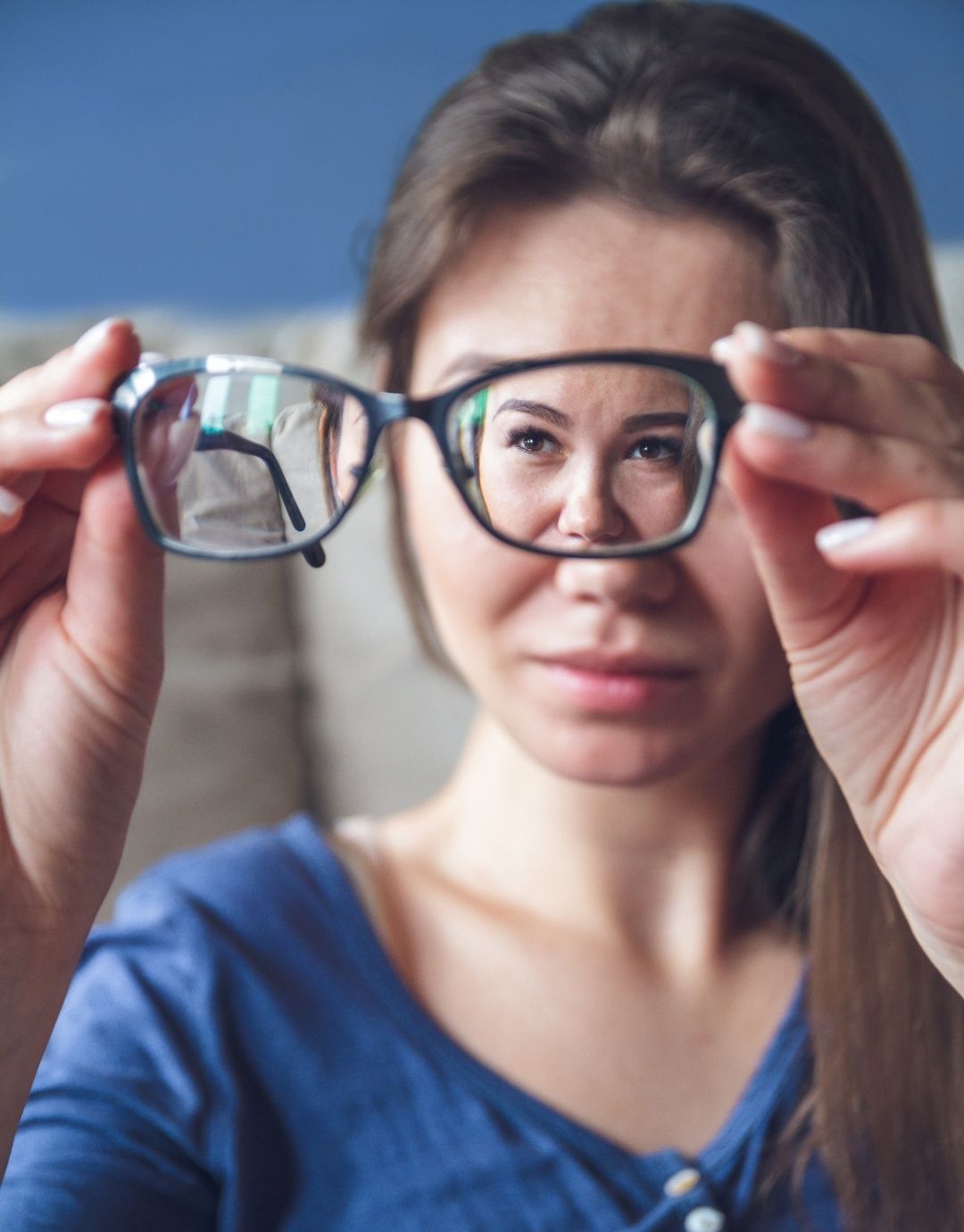
What are the causes of Macular Degeneration?
The exact cause of AMD is unknown, but several risk factors have been identified that may increase the likelihood of developing the disease. This includes:
Age: AMD is more common in people aged 50 and older. Risk increases as one’s age advances. Genetics: There is a genetic component to AMD. People with a family history of the disease are at higher risk.
- Smoking: Smoking significantly increases the risk of AMD, with smokers being up to four times more likely to develop the condition than non-smokers.
- Race: AMD is more common in Caucasians than in people of African, Hispanic, or Asian descent.
- Diet and Lifestyle: Poor diet, lack of exercise, and obesity may increase the risk of AMD.
- Disease: People with cardiovascular disease, high blood pressure or diabetes are at a higher risk of developing AMD.
- Gender: Women are more likely than men to develop AMD, primarily due to their longer life expectancy.
What are the symptoms of AMD?
Symptoms of AMD can vary depending on its stage and type. It’s essential to have regular eye exams to detect Age- Related Macular degeneration early, as it often progresses without noticeable symptoms in the initial stages.Some common symptoms include:
Blurred vision or distorted central vision
Difficulty reading, drivinh or recognizing faces
Dark or empty areas in the center of vision
Straight lines appearing wavy or bent
Some of these symptoms may be a sign of an another disorder such as: cataracts, glaucoma, diabetic retinopathy or retinal detachment.
A refractive error is a visual disorder that occurs when the eyes are unable to properly focus images. This term encompasses several conditions, including presbyopia, astigmatism, farsightedness, and nearsightedness. It is important to speak with an eye care professional to obtain a definitive diagnosis and treatment plan.
How can I lower my risk for AMD, and who are at the risk category?
Risk factors for AMD include:
1. Age: AMD is more common in individuals over the age of 50.
2. Genetics: Family history of AMD increases the risk.
3. Smoking: Smokers have a higher risk of developing AMD compared to non-smokers.
4. Race: Caucasians are at a higher risk than other racial groups.
5. Obesity and high blood pressure: These conditions can increase the risk of developing AMD.
To lower your risk for AMD, consider the following lifestyle changes:
1. Quit smoking.
2. Maintain a healthy weight and exercise regularly.
3. Eat a balanced diet rich in fruits, vegetables, and fish.
4. Control high blood pressure and cholesterol levels.
5. Wear sunglasses with UV protection to minimize sun exposure.
What are the treatment options for AMD?
Although a cure for AMD is yet to be discovered, there are several treatments available that can effectively slow its progression and alleviate symptoms. Initiating treatment at an early stage can significantly impede the advancement of the disease and mitigate the severity of symptoms. However, it is important to note that even with successful treatments, symptoms may still reoccur.
Treatment options for wet age-related macular degeneration include:
Treatment for dry AMD primarily focuses on slowing its progression by adopting a healthy lifestyle and taking specific vitamin supplements, like the AREDS or AREDS2 formulation, as recommended by your eye care professional.
- Vitamin C.
- Vitamin E.
- Lutein.
- Zinc.
- Copper.
- Zeaxanthin.
Wet AMD: Treatment options for wet age-related macular degeneration include:
- Anti-VEGF injections: These medications help reduce the growth of abnormal blood vessels and slow vision loss.
- Photodynamic therapy (PDT): A light-activated drug is injected into the bloodstream, followed by a laser treatment that activates the drug to seal off leaking blood vessels.
- Laser surgery: A high-energy laser is used to destroy abnormal blood vessels, preventing further leakage and vision loss.
Last Words from the More Clinics
Understanding the types, stages, symptoms, risk factors, and treatment options for age-related macular degeneration is crucial for maintaining good eye health. Regular eye exams and prompt treatment can help slow the progression of Age Related Macular Degeneration and preserve your vision. Always consult with an eye care professional to discuss your specific needs and determine the most appropriate treatment plan for you.
At The More Clinics Turkey, we are committed to providing the highest quality of care and services to help you regain your vision and eye health. Our experienced team of doctors will work with you to create a personalized treatment plan that meets your needs and goals for clearer vision. Contact us today to learn more about our services and get started on your journey toward a perfect vision!
GET A FREE CONSULTATION!
Let’s Start Planning Your Treatment %100 Guarantee Results.

Written by The More Editorial Team and Medically Reviewed by Op.Dr.İbrahim Kaya who specialized on Eye Surgery, Retinal Surgery and Optalmology.
